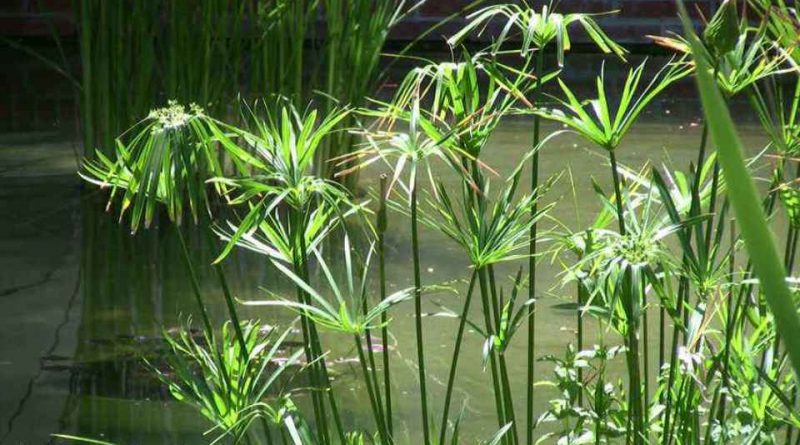Helophytes
Helophytes
The term helophytes refers to plants that despite being rooted to the ground, live mainly with roots and buds covered by water, while the organs that remain air are leaves and flowers.
Typical examples of helophytes are, various mangroves, the species of the genera phragmites and typha (Typha latifoglia), papyrus (Cyperus papyrus), sedges (Carix riparia), marsh reed (Phragmites australis), marsh reed
(Schoenoplectus lacustris), water lily (Iris pseudocorus), rice (Oryza sativa). In general, to the group, which does not include subclasses, belong all the plants spread in lakes, swamps and marshy lands.
According to Raunkjaer’s classification for the biological form, the grouping that includes these plants is abbreviated with the initials he.
The Elofite together with the Hydrophytes belong to the aquatic Macrophytes.

